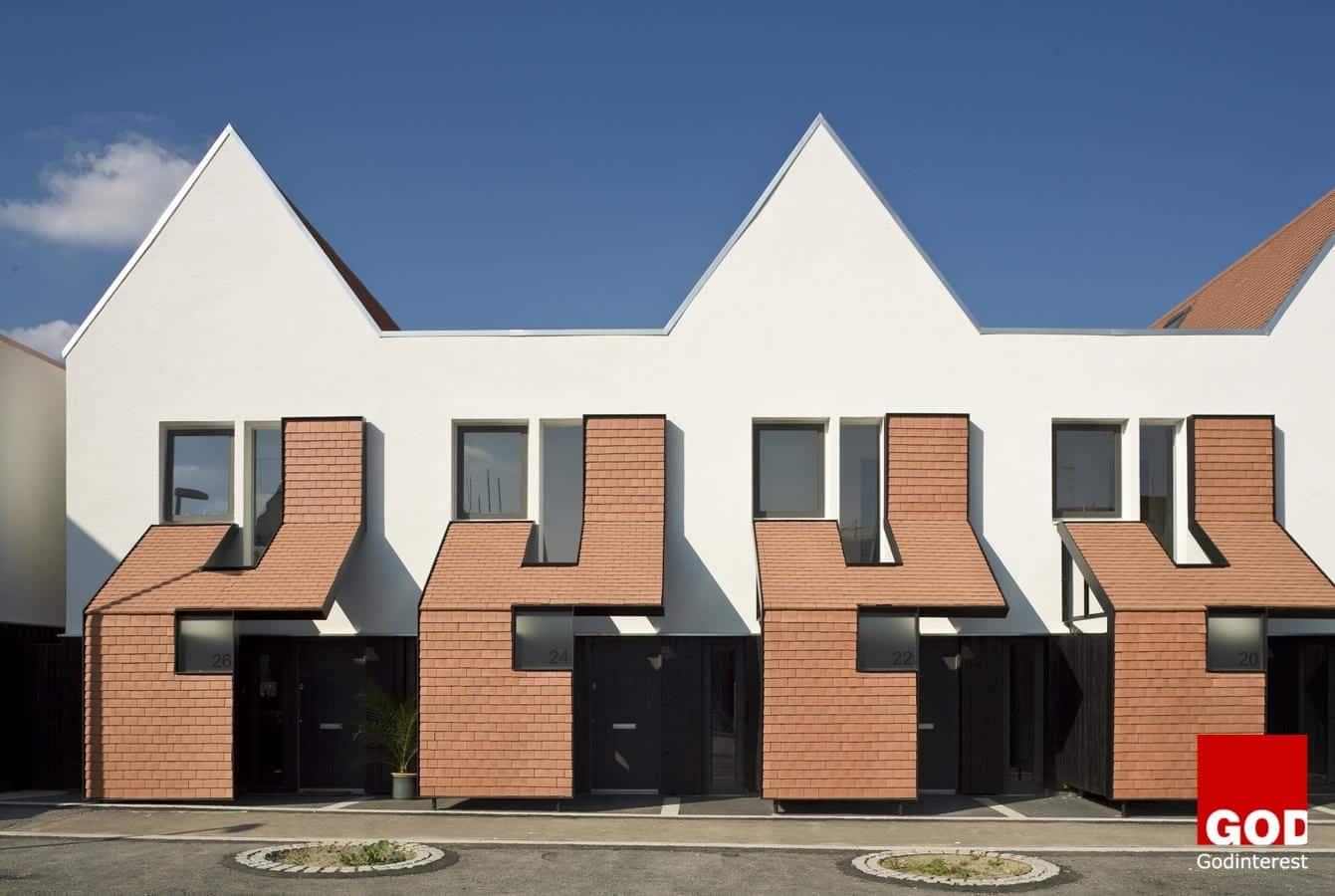A portable, demountable or transportable building is one of the many pre-fabricated house types which can be put to good use when planning constraints will only allow short-term development. Modules and components can be taken apart and transported to a new location. Even elements such as foundations can be easily removed using demountable technologies. In Australia the word “demountable” in particular refers to portable classrooms.
Prefab Housing Has Been Heralded as the Future of Building and the Solution to Resolve Housing Shortages in the Uk.
The Wyndham Road Project
Client: Hyde Housing Association
Architect: PCKO
Principal Supplier: BUMA
The Wyndham Road project, incorporating 18 flats for key workers, was completed in summer 2005, designed as part of RAPID (Response to Accommodation Pressures through Innovative Design), Hyde’s response to the Government’s initiative to increase the supply of new housing through use of innovative technology.
This Scheme on Wyndham Road, South-east London, Was the Second Buma-built Project in the Uk.
The scheme comprised one and two-bedroom flats, built around three independent staircases, designed to modern, high-quality standards. Demountable construction is designed to accommodate any future changes to the urban fabric, therefore addressing the issue of urban sustainability and required flexibility. Demountability was built in right through to the foundations with the use of screw piles to hold up the structure.
The development could then be dismantled in 9-10 days and erected on an alternative site, remodelled or recycled, as required. Elevations finished with lightweight metal cladding and insulated render incorporate full-height glazing and feature sliding shutters of galvanised steel and timber, painted in vivid colours, giving the building a unique identity. The building was designed as 3-storey but could have been extended to 4-storey by adding additional volumetric components.







